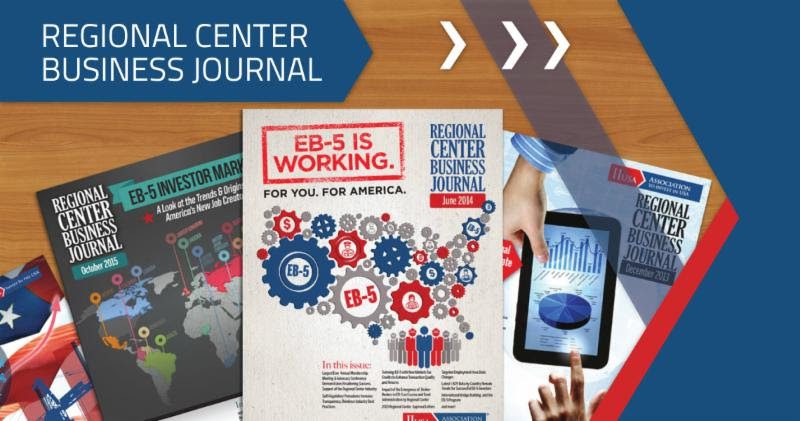The Below Article will be published in the upcoming Reauthorization Edition of the IIUSA Regional Center Business Journal!

By Nicolai Hinrichsen, Managing Partner, Miller Mayer LLP; Stephen Yale-Loehr, Managing Partner, Miller Mayer LLP; and Adam Schaye, Managing Partner, Miller Mayer LLP
Introduction
When Congress enacted the pilot EB-5 regional center program in 1992, it hoped that its job-creation and investor pooling features would spur economic growth and job creation in a way that the “stand-alone” direct EB-5 program had not. It took over a decade for that goal to materialize, but starting with the financial crisis of 2008, the regional center program finally emerged as an important source of alternative project financing and a significant source of foreign direct investment in the United States. Since 2008, the EB-5 regional center program has facilitated over $37 billion of foreign direct investment and the creation of over 820,000 jobs for U.S. workers.
However, the EB-5 process for individual investors is long, and significant changes can occur between investment and various stages of the process, such as processing or project delays, that can affect immigration and investment success. The ultimate existential risk of the regional center program, however, has always been the fact that Congress did not make it permanent. Since enacted in 1992, Congress at various times extended the program with only short lapses in authorization. However, in the December 2020 extension, Congress de-coupled the regional center program from other “must-pass” pilot programs like E-Verify, the Conrad-30 waiver program, and religious workers visa programs. This was intended to exert pressure on the EB-5 industry to force consensus on reform legislation.
The success of the regional center program after 2008 strained the existing legislative guideposts governing process and conduct, and as is true of any moneyed industry, bad actors resulted in negative press. To address such concerns, members of Congress had introduced as early as 2015 proposed legislation to curb regional center program abuses and increase oversight and compliance. Many in the industry balked at those proposed reforms. Others resisted any new legislation that did not address visa number relief. Then came the June 30, 2021 regional center program lapse. This nearly nine-month lapse shook the EB-5 industry to its core. U.S. Citizenship and Immigration Services (USCIS) stopped adjudicating regional center program-affiliated I-526 petitions and the State Department stopped issuing any regional center program-affiliated visas, leaving over 32,000 families in the lurch both in the United States and abroad, with relocation plans put on hold, work authorizations expiring, and dependent children aging out. As the real possibility of a permanent lapse in the regional center program came into focus, the EB-5 industry and Congress finally agreed on legislation. Like a phoenix rising from the ashes, the regional center program has been resurrected.
On March 15, 2022, President Biden signed a $1.5 trillion omnibus spending bill that included the EB-5 Reform and Integrity Act of 2022 (the “2022 EB-5 Act”). The 2022 EB-5 Act extends the regional center program for five years, until September 30, 2027. It also makes major changes to the regional center program. Highlights include:
- Increasing the minimum investment amount to $800,000 for projects in targeted employment areas (TEAs) or “infrastructure projects.” Otherwise, the investment amount is $1,050,000;
- Permitting concurrent filing of adjustment of status applications with I-526 petitions;
- Establishing age out and project failure protections for dependents and investors in certain circumstances;
- Enacting grandfathering provisions permitting USCIS to continue to process EB-5 petitions if the EB-5 regional center program lapses in the future;
- Codifying that USCIS, not States, are to designate TEAs using only single or adjacent census tracts;
- Requiring a fund administrator for most EB-5 projects;
- Imposing myriad regional center reporting requirements, participant restrictions, and sanctions on bad actors;
- Establishing an EB-5 Integrity Fund to finance USCIS investigations and site visits in the United States and abroad; and
- Requiring promoters and migration agents to register with USCIS and disclose fees earned from investors and regional centers.
This article describes generally how the 2022 EB-5 Act affects existing investors, future investors, regional centers, project developers, and overseas migration agents.







